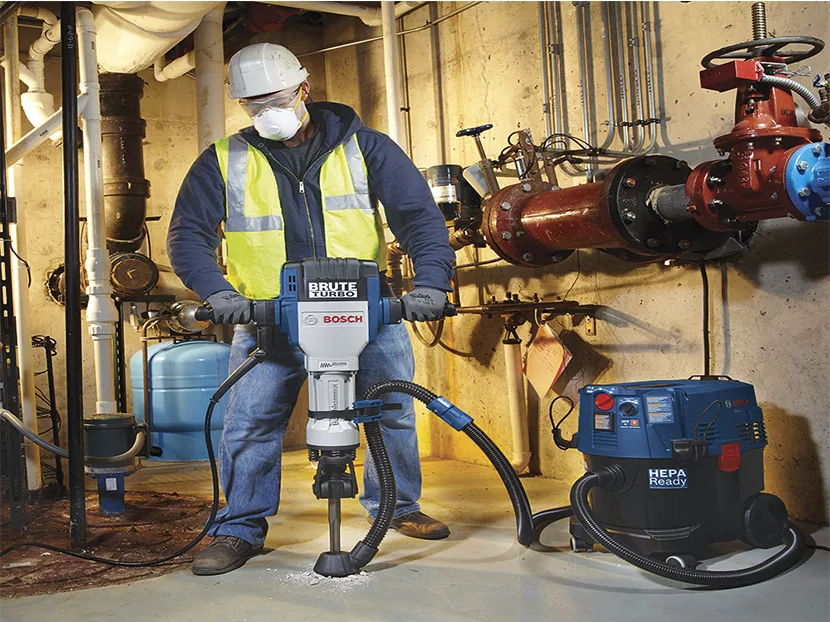The U.S. Court of Appeals for the Washington D.C. Circuit on Dec. 22 dismissed industry legal challenges against the Occupational Safety and Health Administration’s standard for silica dust exposure.
In a 60-page decision, a unanimous three-judge panel ruled that OSHA offered sufficient evidence to justify its regulation of silica in the workplace.
The Occupational Exposure to Respirable Crystalline Silica rule reduces the permissible exposure limit for crystalline silica over an eight-hour shift to 50 micrograms per cubic meter of air for the construction industry, one-fifth of the previous maximum. The rule, published in March 2016, is designed to protect the more than 2 million U.S. workers currently exposed to some level of silica, according to agency data.
The new standard went into effect on Sept. 23 after a 90-day delay. OSHA, however, delayed enforcement until Oct. 23 to give employers more time to comply.
Industry groups such as the U.S. Chamber of Commerce challenged the rule based on several arguments, including whether substantial evidence supported OSHA’s finding that limiting workers’ silica exposure to the level set by the rule reduced a significant risk of material health impairment.
Industry groups also challenged whether substantial evidence supported OSHA’s finding that the silica rule is “technologically and economically feasible” for the foundry, hydraulic fracturing and construction industries.
But the D.C. Circuit found that OSHA’s use of a “no threshold exposure response model” to assess silicosis risk was satisfactory. The model means there is “no exposure level below which workers would not be expected to develop adverse health effects,” according to the ruling.
However, one possible argument against the standard remains, according to a report in The National Law Review.
“The industry brief did not appear to ask the court to declare invalid OSHA’s placement of the burden of proving infeasibility on employers performing certain operations as to which feasibility was uncertain or unproven,” says the report.
That opening could be used, in particular, for the construction industry regarding four tasks the feasibility of which the court seemed unsure, namely, “hole drillers using handheld or stand-mounted drills, jackhammering and using other powered handheld chipping tools, masonry cutters using stationary saws, and mobile crushing machine operators and tenders.”






